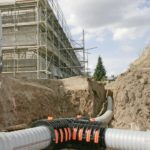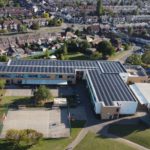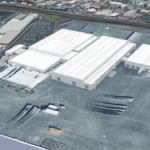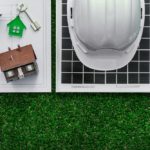News - Construction News
Bold But Balanced to Reach 2030 Carbon Target
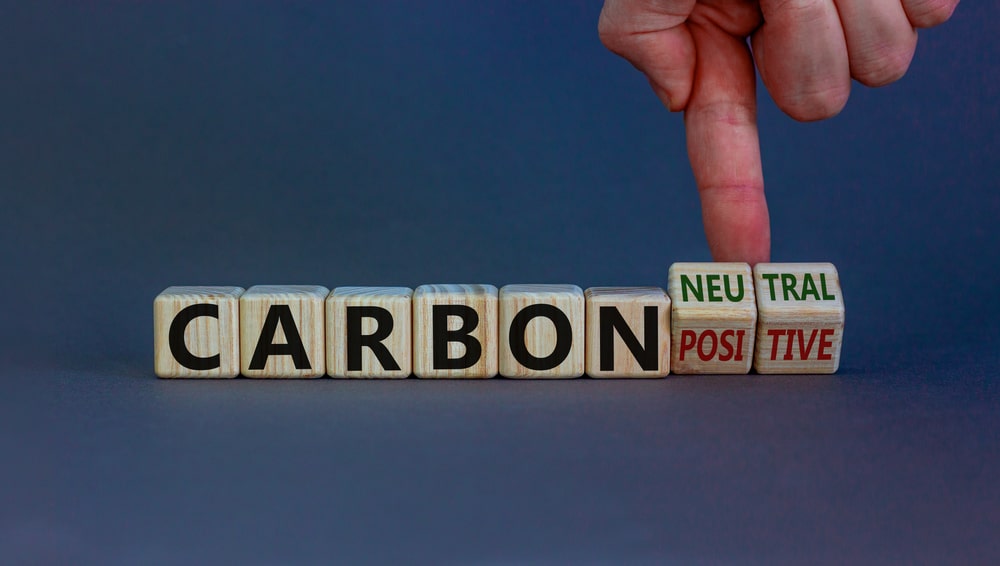
There is no single challenge facing the construction industry – and arguably the world – that is bigger than reducing carbon emissions. The UN Sustainability Goals target carbon neutrality by 2030, but with the built environment being one of the most problematic for emissions and the stark economic realities of hitting that goal increasingly apparent, how can the industry hold up its end of the bargain? Lee Marshall, managing director at Viridis Building Services, believes the answer lies in boldly balancing environmental and economic viability.
“When it comes to sustainability there is a constant struggle between environmental techniques and making it fit within the budget. Businesses can have the best intentions regarding carbon neutrality, but if the proposed solutions aren’t economically viable, the most financially appropriate option will win out every time.
“However, we must start taking a different approach and understand that green solutions don’t have to cost the earth.
“The balance is found in the early-stage assessment of what works for clients across three different critical factors – technical, environmental and economic justification. It is from this basis that the strongest and most sustainable solutions are built. A building can have all the environmental bells and whistles, but if it doesn’t meet the brief and serve its purpose, there’s a good chance the client will be looking at other options fairly quickly.
“First up we look for a solution that meets the technical needs of the client, then we consider the environmental elements. Finally, we then look at the economic aspect – cost against benefit – and work out where the sweet spot is.
“This isn’t a one-size-fits-all approach. Adopting the principles of Passivhaus – where buildings are created to rigorous energy efficient design standards such as being airtight and using high-quality insulation –can work for certain situations for example. But it isn’t a panacea, especially when certification is sought at the detriment of the underlying economics and justifications.
“With new projects, it’s crucial to get ahead in the design phase and look at the environmental versus economic elements. However, existing buildings are also a very real issue. The key to reaching minimal carbon output is to start from the bottom and identify the essentials. We all need light and warmth, but we can do without lots of lighting and big boilers.
“Finding the right way to reduce a company’s carbon footprint can be a minefield but establishing the true carbon baseline is a great place to start. We recently completed a feasibility study for transitioning the Loch Lomond and The Trossachs National
“Park to net zero. We identified the park’s direct energy usage across the entire estate and produced a best in class/challenger roadmap to reduce reaching the net zero target from 2030 to 2025.
“We all want to ensure that we design and build in the most environmentally efficient way. By incorporating sustainable building methods as well as technology into the brief is where real change will come, and the strongest and most sustainable solutions are built.”
If you would like to read more stories like this, then please click here
Related Articles
More News
- Building the next generation
17 Jul 25
We are facing a skills crossroads in our industry, says Richard Martin, Managing Director, Churngold
- Plan to kickstart onshore wind revolution
17 Jul 25
Onshore wind is set to accelerate over the second half of the decade.
- Homes England supports Greencore Homes with new sustainable homes
16 Jul 25
Homes England will provide funding to support the delivery of Milton Heights.
